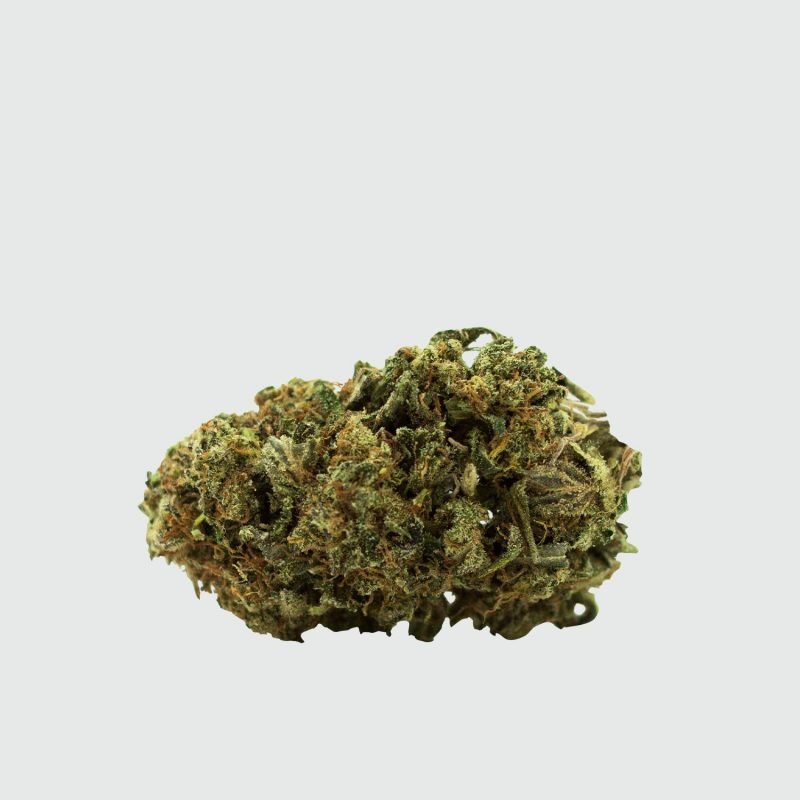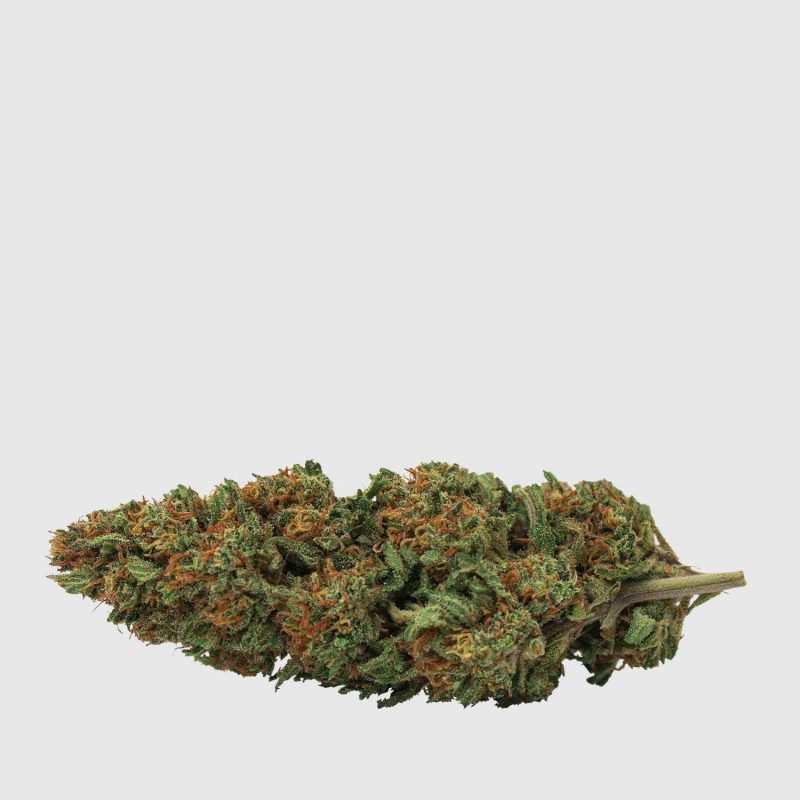Cannabis and adolescents: no brain damage, science says
It is effortless to talk for clichés. Instead, it would require more efforts to express oneself, with knowledge of the facts confirmed by scientific data and reasoning with concrete and real bases.
Our knowledge craving today goes towards a delicate subject, which has been too often discussed without the necessary data at hand: the use of cannabis in adolescence and the possible damage it can cause to the brain.
Rumours have it that teenagers who smoke weed do then have severe problems because the brain at that age is delicate and so easy to be messed up. But is it so? Let’s read together what the most recent studies say about this topic being backed up with cutting-edge technologies and methods.
You may also be interested in:
Interactions between drugs, medicines and cannabis/THC
A past of inconsistent theses
Well, for a specified period at the turn of the 1990s and 2000, some scientific research was published to foment this rumour. “Scientific” articles based on a few samples and with weak basics that for years have been the only data available to anyone wishing to learn more about the subject. But Fortunately Science can question itself and overcome commonplaces thanks to fresh and rational minds that follow the sole purpose of making things clear.
Here, then, in 2018, the first studies arrive, to evaluate the truthfulness of that support that cannabinoids are harmful to the growing brain. For instance, the meta-analysis and review of the literature (for, i.e. analysis and comparison of existing studies on the topic) that declares research on this topic is inconsistent, based on insufficiently precise data and provides a report that would reverse the thesis until this moment shared by the medical world.
To confirm that, in 2019, another scientific research that approaches the topic and ensures that the use of cannabis during adolescence is not associated with structural brain differences in adulthood.
Scientific research that says cannabis does not hurt the brains of adolescents
The official title of this work is: Associations between adolescent cannabis use frequency and adult brain structure: A prospective study of boys followed to adulthood, and it suggests to take pictures of the structure of young brains, consumers and not consumers of cannabis, to a zero moment of their adolescence and to repeat the monitoring once they reach adulthood.
You can understand how impressive this type of scientific approach is, which has required years of waiting to get data to compare. The results of this extensive research have finally been published in the journal Drug and Alcohol Dependence. They have completely reversed the situation, discrediting the previous thesis with such specific data as to be difficult to dispute.
Some scientists from the Arizona State University and the University of Pittsburgh have assessed that there are no changes in the brain morphology of the adult brain in people who have habitually smoked cannabis since young people. To do so, they subdivided the 1000 subjects monitored by adolescence into four categories ranging from zero cannabis use (defined as four days of use or not) to intensive use (an average of 782 days of use).
A subgroup of participants for the various categories was again subjected to structural brain imaging between the ages of 30 and 36 to verify any changes due to cannabis use, and the result was that the fundamental situation remained unchanged in these subjects representing all categories. Not even the subjects mostly exposed to cannabis over the years showed changes in subcortical brain volumes and cortical brain volumes.
Conclusion? Cannabis has no degenerative effect on the brains of adolescents.
We hope that other studies are focusing on this scientific inquiry to throw light on the subject.,
The result they are, we hope that in the future, to avoid the usual alarmism, researchers are moving to make decisions based on sensitive scientific data, and not according to on a pile of preconceptions, and that goes along with popular thoughts which only lead to unfounded alarmism.


 Italiano
Italiano















